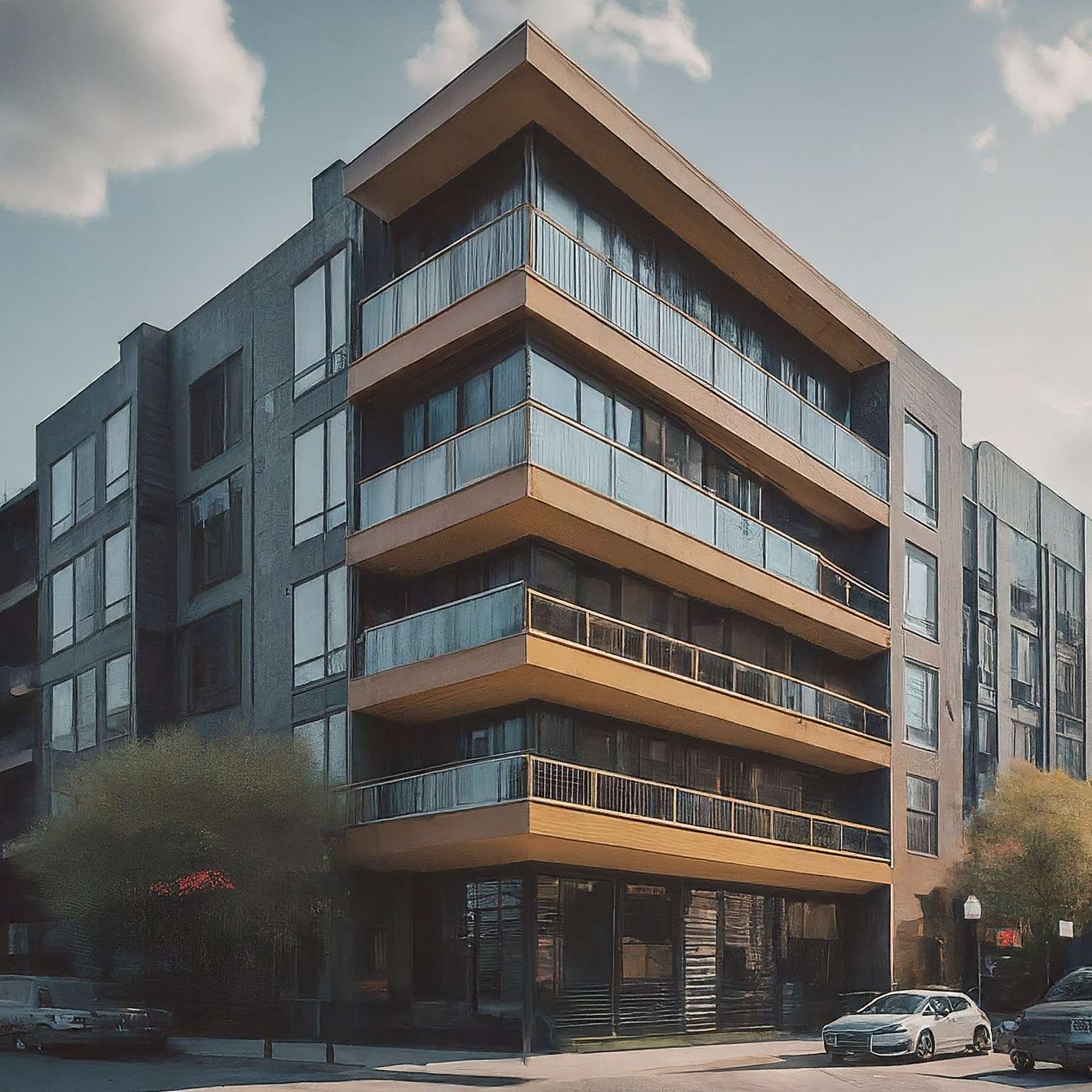
Buyer engagement in the multifamily real estate market was already on the upswing due to several factors.
Market Overview
The multifamily real estate market is showing signs of renewed vigor. Transaction volumes are increasing after a period of slowdown. Most notably, the 50 basis point decrease in the ten-year Treasury in the last week has opened up new financing opportunities for multifamily deals. This change is expected to catalyze even more transactions in the coming months. Matt Mitchell, senior managing director of Berkadia, highlights the immediate impact of this change. On an $80 million loan, their mortgage bankers secured an additional $10 million in loan proceeds within the last month. This increased the loan-to-value ratio from 55% to 65%.
Rising Buyer Engagement
Even before this significant drop in Treasury yields, buyer engagement in the multifamily real estate market had been on the rise. Mitchell recalls a recent multifamily deal in Tampa that received 39 offers. Several well-known institutional investors were among the bidders. "This level of interest would have been unheard of just six months ago," he says. He believes it signals a marked shift in market sentiment.
Contributing Factors
Several factors have contributed to this increased buyer engagement. Earlier in the year, major institutional players like Blackstone, Brookfield, and KKR made substantial investments in the multifamily real estate market. This served as a signal for other institutional groups to re-enter the market. Additionally, there's a growing anticipation of declining interest rates, further fueling investor interest.
Impact of Insurance Rates
Improved insurance rates are also playing a role, particularly in Florida, where Mitchell is located. Recent renewals have seen a 25% drop in premiums. While not returning rates to pre-spike levels, this represents a significant boost to net operating income (NOI) for property owners.
Future Market Predictions
Looking ahead, the multifamily real estate market is anticipating meaningful rent growth. As supply bottlenecks ease and new inventory remains low, occupancy rates are expected to increase. This paves the way for rent growth to regain momentum. Some clients are already reporting limited but positive rent growth. This can have a substantial impact on deal underwriting.
Seller Activity
These factors, combined, have led to a narrowing of the bid-ask spread. More sellers are willing to enter the multifamily real estate market as pricing improves. Some property owners are also facing decisions regarding financing, such as extending construction loans or purchasing new rate caps. This may motivate them to sell.
Increase in Deal Activity
The increase in deal activity is evident in the numbers. In the Tampa market, for instance, multifamily transaction volume jumped from just $50 million in the first quarter to nearly $1 billion by the end of the first half of the year. While still below the market's typical $4 billion annual pace, this represents a significant uptick in activity.
Return of Institutional Capital
Institutional capital is also returning to the market. This is another factor contributing to a more robust transaction market, says Scott Wadler, managing director at Berkadia. Investors are optimistic about stabilizing cash flows and improving rents. "Some buyers are even pursuing deals at neutral or negative leverage, planning to stabilize assets and refinance in 12–18 months when rates are expected to be lower," he says.
Market Outlook
With substantial liquidity on the sidelines and investors seeking higher returns than those offered by Treasury securities, the multifamily real estate market appears poised for increased transaction activity in the coming months.
Source: https://www.globest.com/2024/08/05/treasury-decline-unlocks-new-multifamily-opportunities/
https://www.creconsult.net/market-trends/multifamily-real-estate-market-increased-buyer-engagement/





